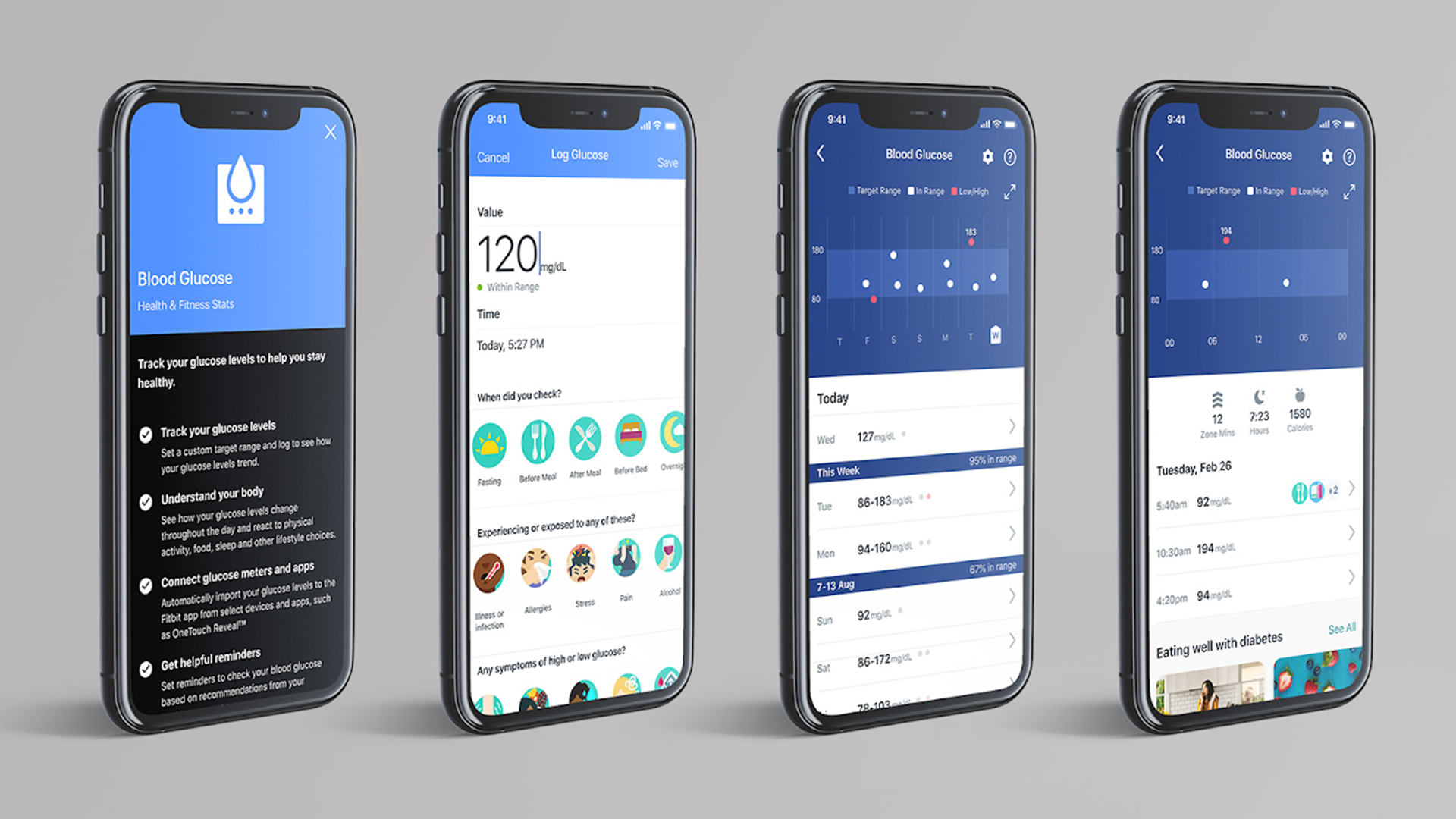Affiliate links on Android Authority may earn us a commission. Learn more.
Fitbit app now tracks your blood sugar levels
Published onFebruary 8, 2021

- Fitbit has introduced blood sugar level tracking to its mobile app to help diabetics and others.
- You’ll have to manually enter data — it’s not built into Fitbit’s wearables.
- ECG support on the Sense has also expanded to US territories, Canada, and New Zealand.
If you’re a Fitbit owner with diabetes, you won’t have to turn to a third-party app just to keep tabs on your condition. Newly Google-owned Fitbit has introduced blood sugar tracking to its mobile app, helping you manage diabetes or any other health issue related to your glucose levels.
The feature isn’t available from Fitbit’s current wearables, unfortunately. You’ll have to either import or manually log blood sugar data in the Fitbit app yourself. When you do, though, you can set custom target ranges and check trends both throughout the day and over the long run. You can see if a change in diet is having an effect, for instance.
Standard blood sugar tracking is free, although Fitbit Premium subscribers will “gradually” get the option to track levels over 30-day periods, with correlations and trends. Members will also get to share their levels through Health Coaching and the Wellness Report.
Read more: The 10 best diabetes apps for Android
Fitbit is expanding access to some of its hardware-based health features at the same time. Sense owners in US territories (such as Guam and Puerto Rico), Canada, and New Zealand can now use the ECG app to check for atrial fibrillation. All Charge 4 owners, meanwhile, will get an update letting them check their blood oxygen (SpO2) on-wrist and in the app for free.
Charge 4, Inspire 2, and Versa 2 wearers can check their seven-day trends in the phone app’s Health Metrics dashboard for free, Fitbit added. This was previously limited to the Sense and Versa 3.
You might not see Fitbit implement blood sugar tracking in its wearables for a while. Companies like Quantum Operation claim to have glucose monitoring that doesn’t require drawing blood, but the technology is still early. Even so, this addition could be helpful for diabetics who want a complete picture of their health.